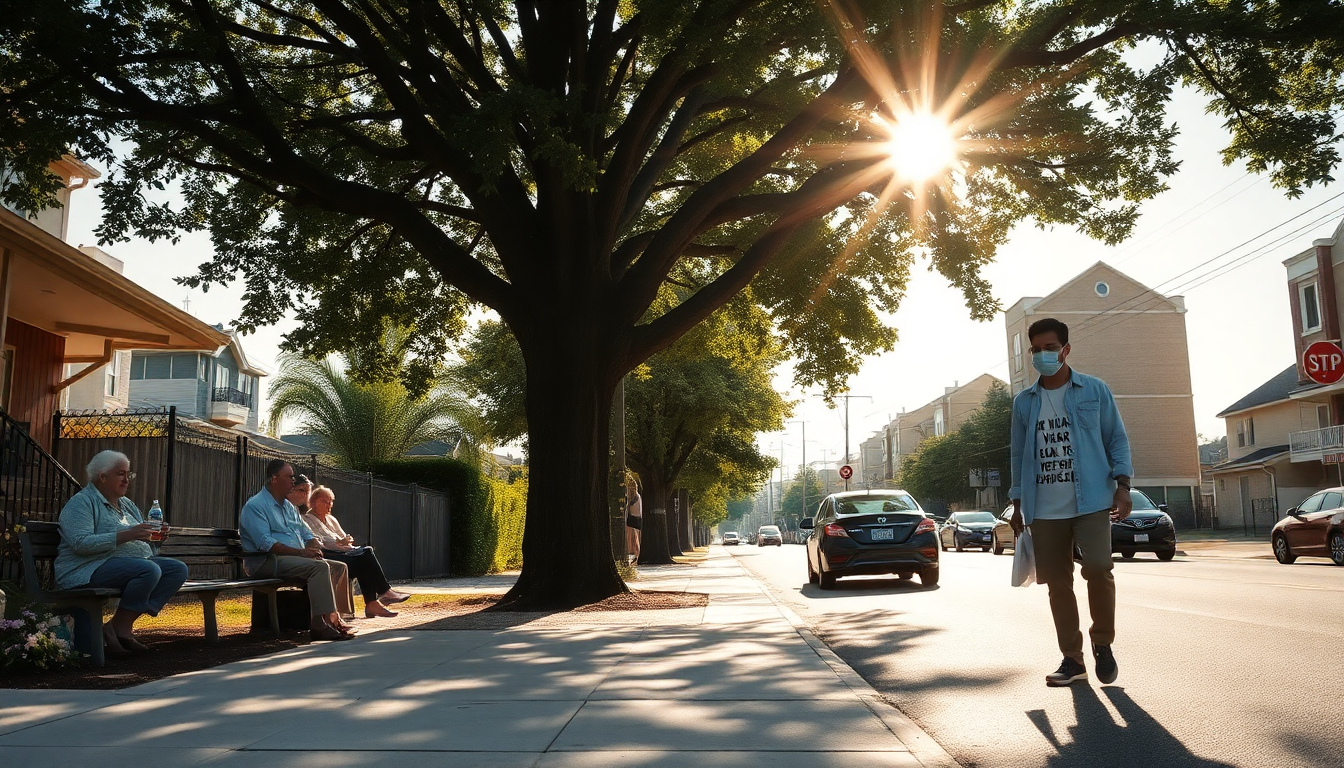Table of Contents
As heat waves become more frequent, it’s essential to understand their impact on our health. With temperatures climbing, vulnerable groups—like the elderly and those with existing health issues—are at greater risk. In this article, we’ll dive into the dangers of extreme heat, share practical tips for staying safe, and emphasize the importance of community support during these challenging times.
The Health Risks of Extreme Heat
Extreme heat can seriously affect our health. When temperatures soar, our bodies struggle to keep cool. The hypothalamus, our body’s thermostat, works overtime, sending signals to ramp up heart and respiratory rates to increase blood flow to the skin and promote heat loss.
But in extreme conditions, this natural cooling system can become overwhelmed.
Heat exhaustion is one of the most common issues that arise from excessive heat exposure. Symptoms include headaches, dizziness, excessive thirst, heavy sweating, and muscle cramps. If not addressed, heat exhaustion can escalate into heat stroke—a life-threatening condition where body temperature spikes, leading to confusion and even loss of consciousness.
The risk of heat-related illnesses increases significantly in high humidity, as it makes it harder for our bodies to cool down through evaporation.
Studies show that when the wet-bulb temperature—a measure that takes humidity into account—hits critical levels, serious health issues can follow.
For example, sustained wet-bulb temperatures above 35°C can pose a life-threatening risk. The most vulnerable groups, such as the elderly, children, and those with chronic health conditions, need to be especially cautious during heat waves.
Identifying Vulnerable Populations
Some groups face higher risks during extreme heat events. Older adults may find it challenging to access cool environments due to mobility constraints or transportation issues. They’re also more likely to have chronic health conditions that make it tougher to cope with heat.
Kids, whose bodies are still developing, may struggle to regulate their temperature as effectively as adults do.
Individuals with chronic illnesses—like heart disease or obesity—are particularly susceptible to heat-related complications. Some medications can further disrupt the body’s natural cooling mechanisms, making it critical for these individuals to take extra precautions during heat waves.
Outdoor workers and those experiencing homelessness are also at heightened risk due to their prolonged exposure to extreme temperatures. Community support plays a crucial role here; checking in on neighbors and those living alone can greatly impact their safety and well-being during harsh weather conditions.
Practical Tips for Staying Safe
When heat waves hit, prioritizing safety is key. Aim to stay indoors during the hottest parts of the day, and seek out air-conditioned spaces whenever you can. If you need to go outside, wearing light-colored, loose-fitting clothing can help you stay cool. Keeping windows and doors shut during peak temperatures also helps maintain a comfortable indoor environment.
For those who are particularly vulnerable or living alone, staying connected with friends, family, or neighbors can provide a vital support network. Regular check-ins are essential, especially during extreme heat events. If you or someone you know starts experiencing symptoms of heat exhaustion or heat stroke, acting quickly is crucial. Move to a cooler space, hydrate, and seek medical attention if symptoms worsen—it could save a life.
As we brace ourselves for the impacts of climate change, knowing how to navigate extreme heat is more important than ever. By being proactive and supporting one another, we can build resilient communities and ensure the safety of everyone during those scorching summer days.





